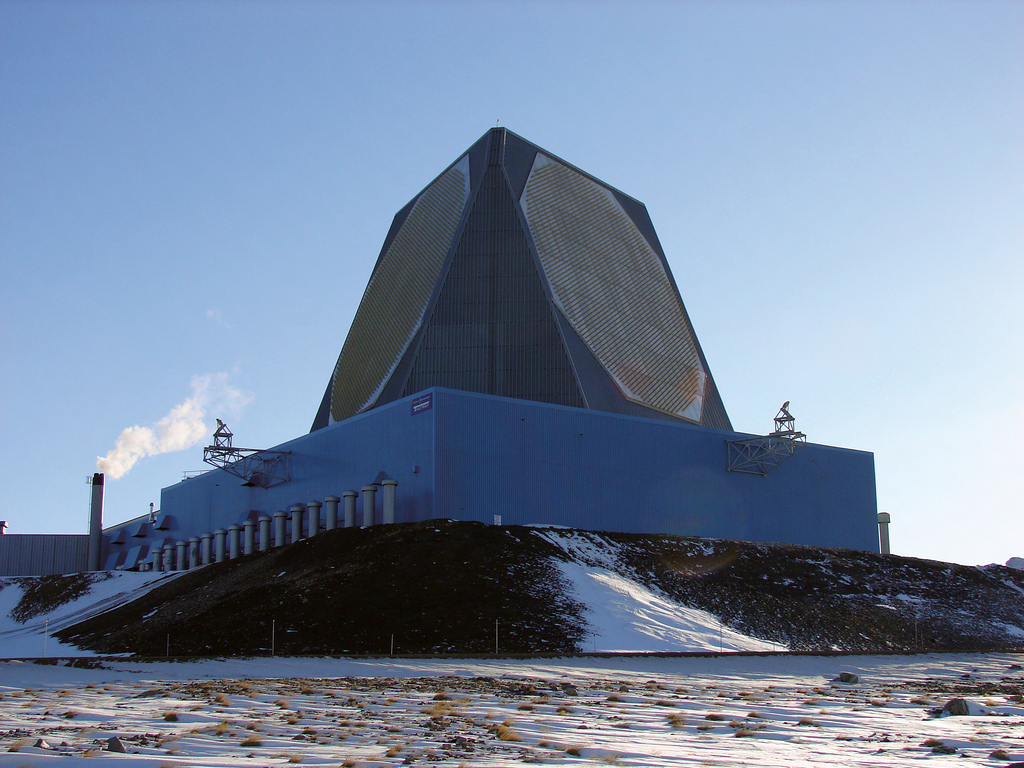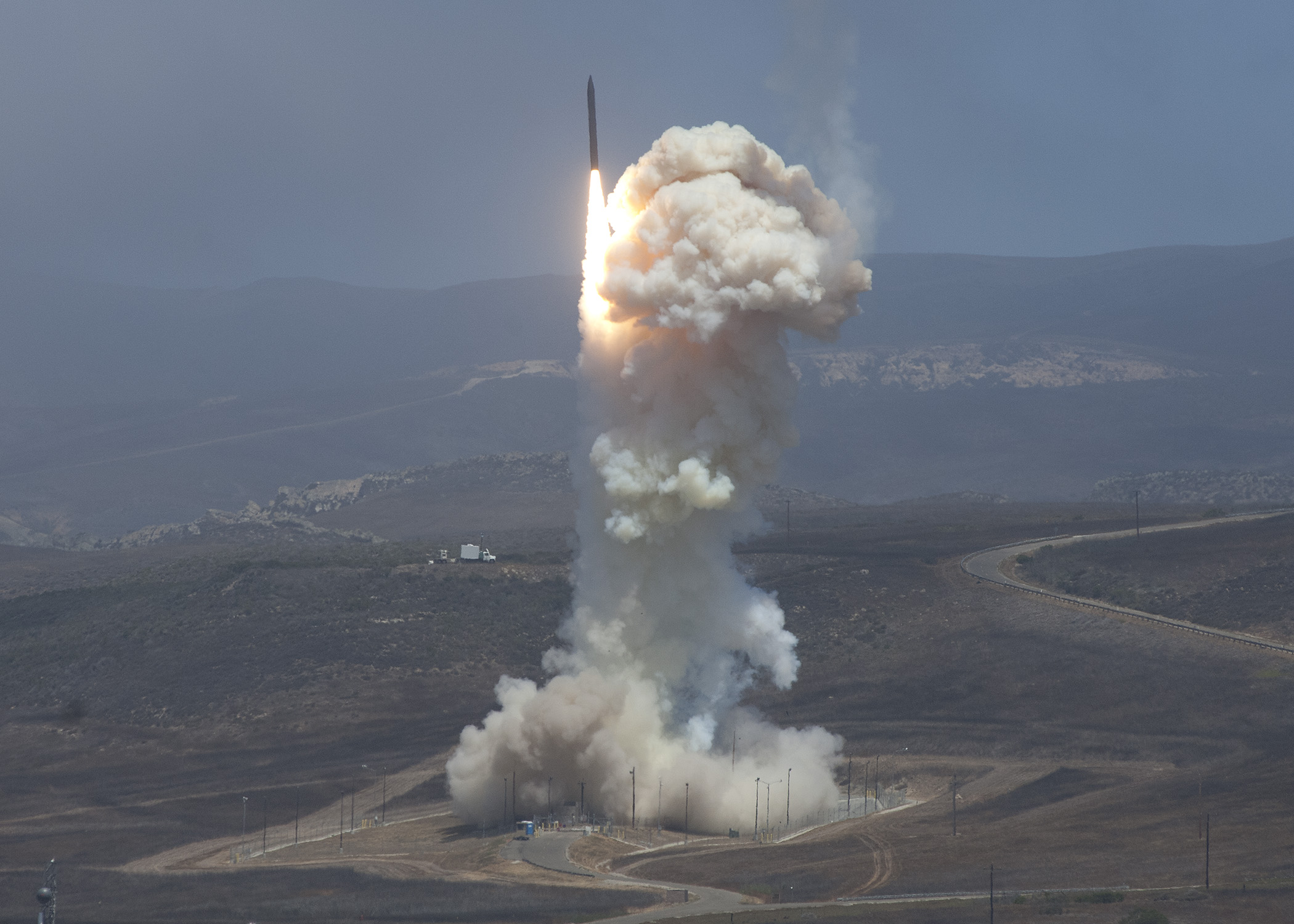A Wall to the North
In
Login if you are already registered
(no votes) |
(0 votes) |
Research Fellow at the Primakov Institute of World Economy and International Relations under the Russian Academy of Sciences, RIAC expert
The Canadian Standing Committee on Defence has published a report on the prospects of North American defence. The report recommends that, given the worsening international situation, the country reconsider its decision in 2005 to turn down the proposal of the United States to participate in the continental ballistic missile construction.
The 100-page report focuses on aerospace threats to the continent – from bomber aircraft to cruise and ballistic missiles – as well as on the prospects for modernizing NORAD and expanding its capabilities.[1] According to the report, these threats are growing ever more immediate, and Russia is the most likely aggressor. One should note here that paying greater attention the all-too-familiar “Russian threat” is quite logical from the standpoint of geography: the shortest ballistic missile route from China to the United States would not touch Canada, unlike the north/northeast route to central Russia. The report also notes the resumption of Russian long-range military aviation activities close to American and Canadian airspace (practically no intercepts were conducted from the early 1990s to 2007). Particular attention is paid to the new Russian Kh-101 and Kh-102 long-range cruise missiles (which, according to some estimates have a range of more than 5,000 kilometres). The report does state, however, that there is no “direct military threat” to Canada in the next decade, although its authors admit that it is difficult to predict what the world will look like “over a very long horizon.”
A large-scale modernization programme has been developed to ensure that NORAD will be able to cope with future threats. The report pays particular attention to cruise missile defence. The current network of radar stations will be upgraded in order to ensure the timely detection of low-altitude stealth missiles. Updating the Royal Canadian Air Force’s fleet of jet fighters should be made a priority. The original plan was to purchase Lockheed-Martin F-35 Lightning II fifth-generation stealth jet fighters on a non-competitive basis; however, even before the liberal government was elected into power, one of its main pre-election campaign policies was to block the acquisition of the F-35s at any cost. It has since softened its stance, though, and is now insisting that a competitive tender be conducted for the contract, where the F-35’s only real competition would be the Boeing F-18 Super Hornet (European aircraft manufacturers are also planning to take part in the tender, although their chances are slim at best). The report recommends that a decision be made within one year.
A significant portion of the report is, of course, devoted to improving infrastructure, strengthening the Royal Canadian Airforce, increasing the efficiency of air-to-air refuelling (to compensate for the relatively small number of fighter jets for such a large country), modernizing the remaining fleet, etc. But the most interesting aspect – and this is the reason the report was written in the first place – is something completely different.
According to the authors, Canada needs to review its 2005 decision on non-participation in the U.S. Ballistic Missile Defence system. The fallout of this decision was that the only region covered by ground-based interceptors (GBI) is in Alaska,[2] which is ideal for defence against threats from Southeast Asia, but not so much against those emanating from Europe. Of course, missile defence is officially intended to protect the territories against limited missile attacks from so-called “rogue states,” such as North Korea (which is mentioned on numerous occasions throughout the report). And, honestly speaking, the current BMD setup is not capable of more than that, nor will it be in the near future. But here we have to return to the assertion that no “direct military threat” to Canada is envisioned in the next 10 years. It is difficult to say whether or not the Canadian authorities will listen to the recommendation, although the United States will undoubtedly continue to try and get their neighbours on board. The timing of the report is curious, as it was published just before the arrival of a new U.S. Presidential Administration, one that wants, and has the capacity, to make decisions that are qualitatively different from those of the outgoing Obama Administration, which was not only unable to realize its “nuclear initiatives,” but was also vetoed in its wholly populist attempts to give the U.S. population the opportunity to sue Saudi Arabia for sponsoring terrorism.

US Air Force
US missile warning Radar in Greenland
It is unlikely that a decision on placing interceptor missiles in Canada will be taken immediately. At the end of the day, the existing GBIs are almost useless when it comes to intercepting Russian international ballistic missiles, as they appear to have problems taking down individual targets in warm conditions. New generation interceptors are required. In the event that Canada does make a decision, it will join the United States National Missile Defense system (thus turning it into the North American Missile Defence system) and agree to host long-range early warning radar stations on its territory.
We can expect progress on the issue at the beginning of next year. After all, wouldn’t it be nice to make an announcement about this new symbol of the continental union’s fortress during the first visit of the newly elected President of the United States?
1 NORAD (North American Aerospace Defense Command) is a joint air defence command of the United States and Canada that was founded in 1958. Its directorate, now a reserve command point, is located at Cheyenne Mountain Air Force Station.
2 There are several silos located in California, but this is mainly a testing centre.
(no votes) |
(0 votes) |





